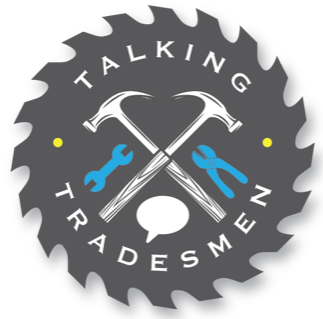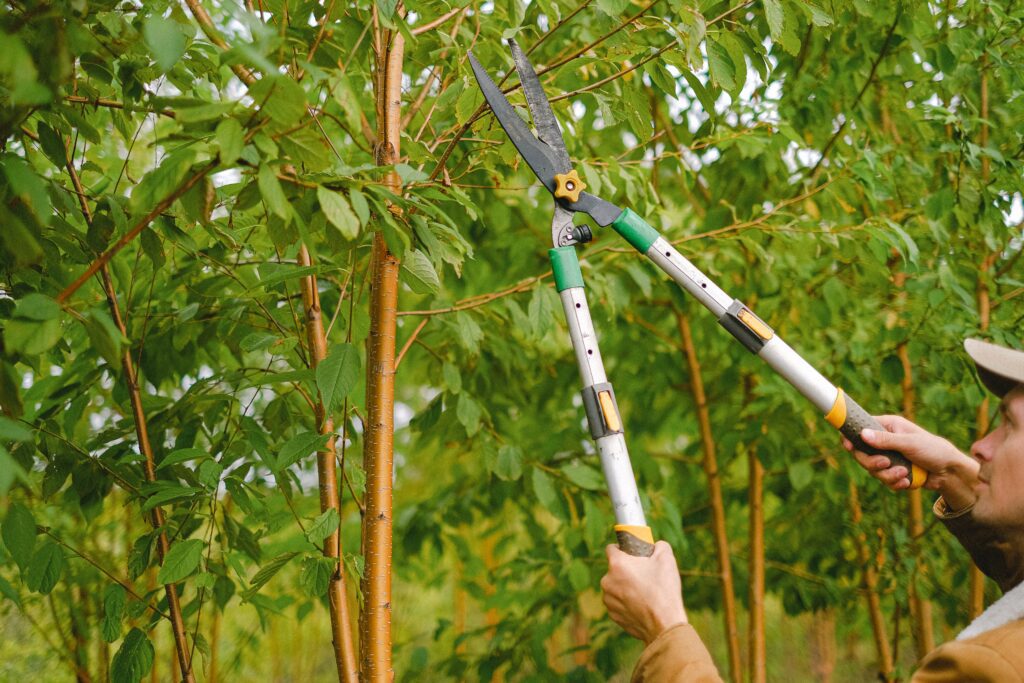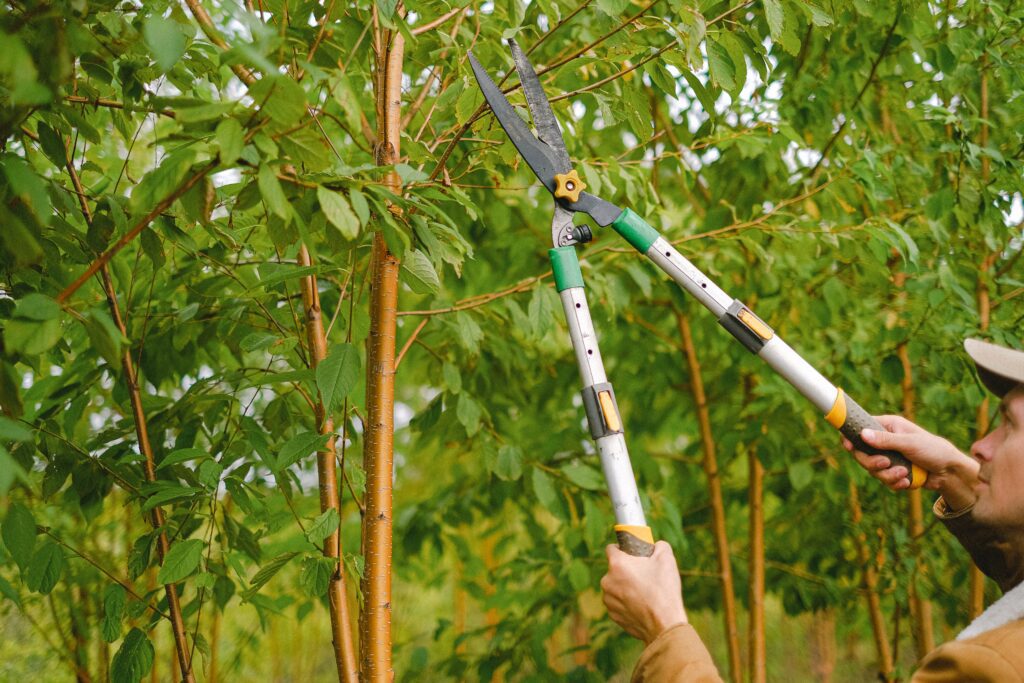Are your yard’s trees and shrubs looking overgrown or unshapely? As we head into the spring season, we have a simple fix for you – pruning!
Table of Contents
ToggleWhat is Pruning?
Pruning your trees is a holistic way to manage their growth and shape, among many others. Of course, you could always hire a professional or save time and money by pruning it yourself!
Hiring a landscaper can be very costly, especially considering the labor rates. People often think pruning is a mysterious art reserved for landscapers and the like, but it’s truly simpler than that. We’ve got the basics to have you sculpt a beautiful new look for your greenscape in no time. Part one of a three-article guide to pruning basics explains “What pruning is and why.”
Understanding the Technique of Pruning
Pruning in the landscaping sense is essentially trimming a tree, shrub, or bush by cutting away dead or overgrown branches and stems. The primary aim is to guide its growth and determine its aesthetic. How you prune will vary depending on several factors, including but not limited to: what type of plant (tree, shrub, or bush), what species, and the time of year. Ornamental plants are the most important to prune, but pruning can help remove unhealthy matter from any plant you want to save.
Factors When Pruning Trees, Shrubs, and Bushes
Essentially trimming a tree, shrub, or bush by cutting away dead or overgrown branches and stems. The primary aim is to guide its growth and determine its aesthetic. How you prune will vary depending on several factors, including but not limited to: what type of plant (tree, shrub, or bush), what species, and the time of year. Ornamental plants are the most important to prune, but pruning can help remove unhealthy matter from any plant you want to save.
Benefits of Pruning
Preventing Spread of Diseases and Damage
Almost all plants need some TLC every now and again, even the infamous cactus. Whether old, dead limbs on a tree or a diseased section of your house plant, pruning can save your plant’s life by eliminating unhealthy material before it spreads or damages it further.
Reviving Plants Through Regular Pruning
If done right and you’re lucky, pruning can bring back near-lifeless plants you may have given up on. Sometimes, the pruning acts as a much-needed doctor visit for the plant, encouraging it to have a growth spurt. Or, if you have a viable species, you can prune off a piece and replant it to save it.
Aesthetically Shaping and Controlling Plant Growth
Certain species are notorious for being invasive or just straight-up yard bullies. If in favorable conditions and highly competitive, some plants will take over your property if you let them. If you want to keep the plant, frequent pruning (at least a couple of times a year) is probably your best bet. Find out which species of yours tend to grow rampantly to get ahead of them before they overtake your garden.
Of course, shaping your plants’ appearance is one of the biggest reasons to prune, probably the most popular. From creating semi-see-through fence lines with shrubs to the beautiful art of topiary, pruning is vital to giving you control over how your plants look.
Enhanced Flowering and Fruit Production
Flowering and fruiting plants are often jump-started by the act of pruning, stimulating them to do the thing they came on this earth to do. Hydrangeas, for example, have trouble growing more flowers if you don’t deadhead them – simply removing the dead flower heads. When done correctly, pruning encourages a plentiful supply of new fruit-bearing limbs
Safety Benefits
Pruning can be required to ensure a safe environment, such as bushes that could block signage or trees with hazardous limbs that could fall on someone or something. Cities and HOA may require you to prune your plants periodically to protect your property and the community.







